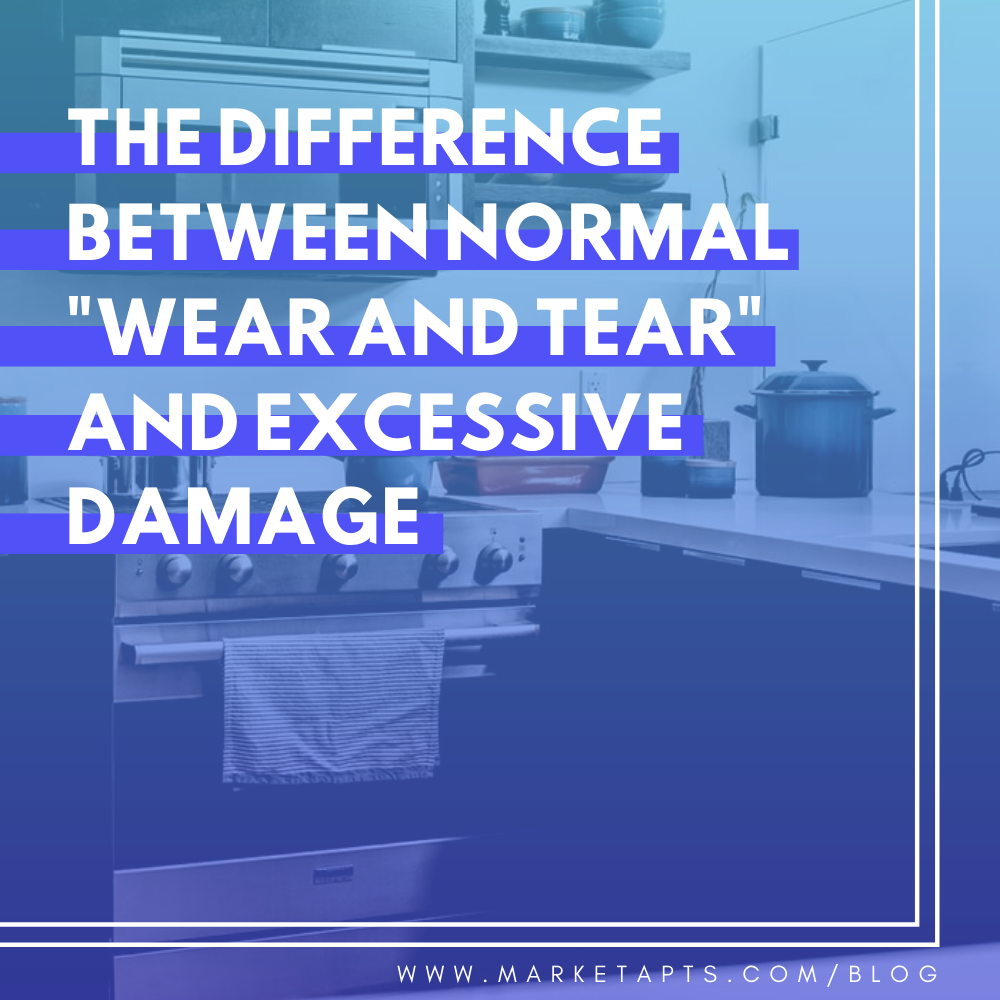
Perhaps you’re a resident hoping to get your full security deposit, or an apartment manager wanting to know whether or not you should charge a tenant for damage. Either way, you’re probably currently asking yourself, what is normal “wear and tear” and what’s coming out of the security deposit?
As an apartment manager, sometimes you have to ask yourself tough questions. For instance, when there’s something wrong, in your neighborhood apartment community, who are you gonna call?? Perhaps your plumber or electrician or handy brother-in-law. That’s an easy question. Maybe the better question is, who’s going to pay for it?
When residents and properties sign a lease, you both understand there will be a certain amount of what’s called “normal wear and tear” on the apartment (and in fact, most states have laws that normal “wear and tear” cannot come out of a security deposit). In other words, “wear and tear” is the price and result of living in space. The tricky part is, where is the line between normal “wear and tear” and repairs that need immediate fixes? Where there is extensive damage, the security deposit provided by the residents can be used to fix the damage.
Of course, normal “wear and tear” is subjective, so the guide below is meant to be just that, a guideline rather than strict rules. Many states have strict laws as to what can be considered normal wear and tear, and what cannot. Utah, for instance, does not define “wear and tear” beyond those words, whereas Texas has one of the most strict definitions of all the statutes. It might be helpful for you to check the local laws of your area. Most states, though, leave the term ambiguous, leaving us to wonder: just what IS normal wear and tear?
Normal “Wear and Tear”
Fading paint and small pin holes in the wall
Paint doesn’t last forever, even when we take good care of our walls. Because of this, you can expect to see paint that’s not as fresh as it was that first day. These touch-ups are cheap to do, and not necessary to be done immediately. Similarly, small pin holes in the wall can be considered normal wear and tear (although, if you want to absolutely avoid this damage to the wall, be sure to put it in the lease!).
Carpets
Carpets take quite a beating in apartments, considering they’re used every day and used heavily. Light damage caused from continuous walking (carpets getting thin in some areas, light discoloration, etc.) that can easily be cleaned is normal wear and tear. Similarly, light and small scuffs on hardwood floors are to be expected.
Plumbing
Plumbing fixes are considered to be the responsibility of the landlord. Things like plugged drains from old pipes, molds that are caused by aging pipes, lack of ventilation, etc., flooding all constitute plumbing covered by landlords.
Silver Fixtures
Things such as the silver bathroom mirror or certain handles are expected to fade/lightly rust over time. As in the case of the bathroom mirror, you might notice black spots appear as the mirror begins to “de-silver.”
Excessive Damage
Alright, so what then constitutes “excessive damage,” that needs to be repaired with immediacy and can come out of the security deposit? Again, although damage is subjective, the following things go above and beyond average living damages:
Large holes/other damage in or to the walls
Gaping holes in the walls are not the result of a push pin, and will most certainly affect the security deposit. Even if there are many (think, excessive) small holes in the wall, a tenant can be charged extra for the price of the fix. Likewise, if there are unapproved paint colors on the walls, water damage from plants, rubbing from furniture, or many, many nail holes covering the walls, the repair bills can come out of a security deposit.
Similarly, gouges to wood floors can be considered excessive, as can deep scratches from pets.
Carpet
This is tricky. The obvious damage to the carpet that needs to be replaced consists of holes, burns, and large stains. These are easy to spot and difficult to dispute. Properties themselves will have to define the line between normal thinning of carpet from walking vs. damage great enough to redo the carpets. Food stains or urine stains from pets, however, are not “normal.”
Light bulbs
This is another tricky one. Light bulbs should all be in working condition when a tenant moves in, as well as when they move out. As a general rule, we would advise if the light bulbs’ life expectancy goes beyond the tenant’s lease, the landlord should replace it. If not, it’s on the tenant.
Still confused? Check out our chart below to see what might fall under which category, or leave a comment below asking us!
How long can I expect my appliances and products to last?
As a property manager, you might hear the term ‘useful life’ around appliances and products. When you acquire properties and/or new appliances, you’ll want to assess the life expectancy of a product, and charge the resident damage accordingly. For instance, if your carpet has a life expectancy of 10 years, and your resident destroys it after five, you’ll likely want to charge them for 50% of the cost of replacing the carpet.
So what about the life expectancy of common appliances? See our handy guide below to determine how long you can expect out of your products:
Cabinets, Sinks, and Fridges
Your cabinets might just be one of the last things standing in your kitchen! Because they do have such a long life expectancy, you can demand a high level of care out of your residents. If you find your cabinets to be sticky, hanging off the hinges, or filled with holes, these all can constitute excessive damage. If your cabinets are warped, though, this could be an issue with the construction, which would not fall back on your residents.
Your sink has a lot of moving parts. You can expect a kitchen faucet and sink to last about fifteen years (shorter than a bathroom faucet, due to heavier usage), and the garbage disposal has a similar shelf life: 8-15 years. You’ll get the most out of these appliances the better you take care of them, so remind your tenants about regular cleaning and what can and cannot go down a garbage disposal.
Your fridge, if kept up properly, can last upwards of 15 years, and your freezer for 20!
Ranges and oven
Gas ranges have a slightly longer life expectancy than electric, lasting 15-17 years whereas electric are expected to last 13-17. With proper cleaning, you can get a good 20 years out of them. Your oven has a larger range, with 10-18 years expected. Microwaves last about 9 years.
Walls, countertops, and floors
Be prepared to touch up your paint often. Interior paint has a life expectancy of 3-5 years, but often needs touch-up work done even more frequently than that. Remind your tenants not to keep tight furniture flush with the walls, in case it rubs and causes damage.
How long your flooring lasts depends heavily on its usage. If your residents have pets, the life expectancy of your floors and/or carpets plummets. If they wear a lot of high heels and/or boots, this could also affect the flooring. Typically, carpets last about 5 years before they need to be replaced, but they will need to be cleaned much more often than that. Linoleum can last anywhere from 5 to 25 years, depending on use.
Photos, Photos, Photos!
No matter if it’s a tenant or a landlord, whenever someone moves into a new place, photos need to be taken. This protects all sides from any miscommunication. Document everything and get it in writing so there are no surprises come move-out day.
Perhaps the biggest difference between these normal “wear and tear” and excessive damage is lightly dirty vs. broken. Can you restore the apartment back to its original condition? If so, it’s likely the apartment has normal wear and tear. Even from your best residents, you can expect to see evidence that people have lived in the unit. The key difference is if it will be easy to reset!
Contact us at Market Apartments for more tips on apartment marketing.
Sources:
https://www.safehaveninspections.com/life-expectancies.html
https://www.landlordology.com/normal-wear-and-tear/
Categorised in: Apartment Marketing, For Property Managers
This post was written by Market Apartments


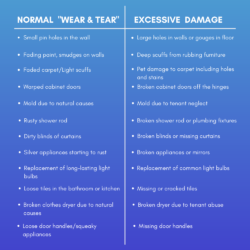
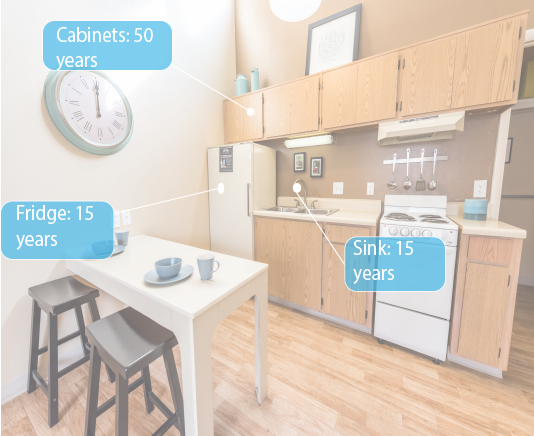
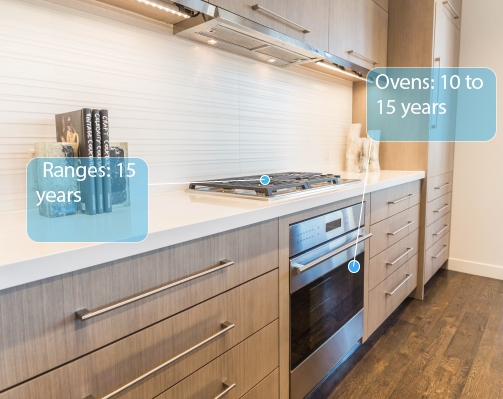
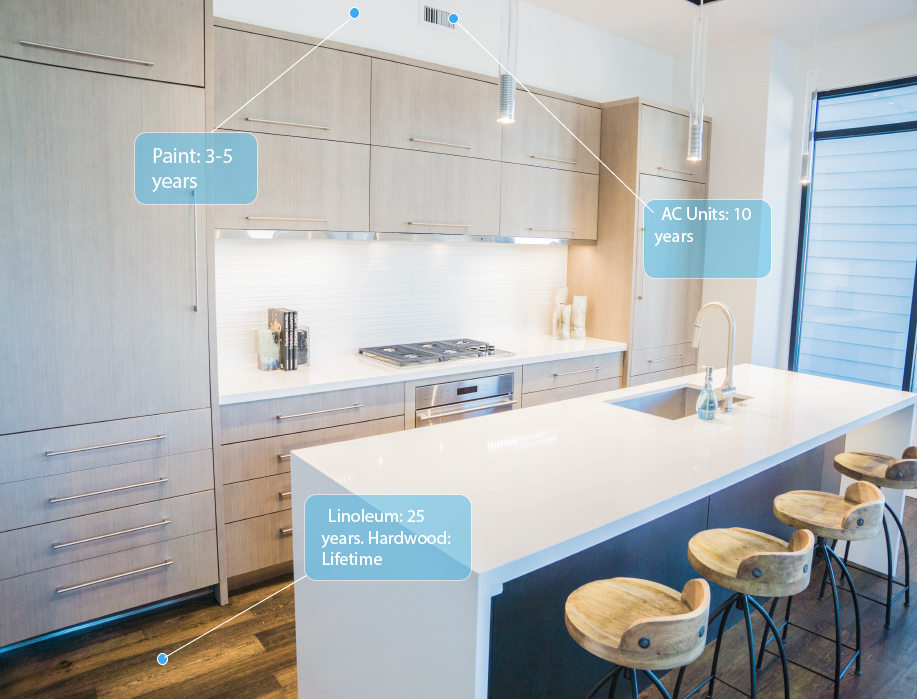




1 Comment